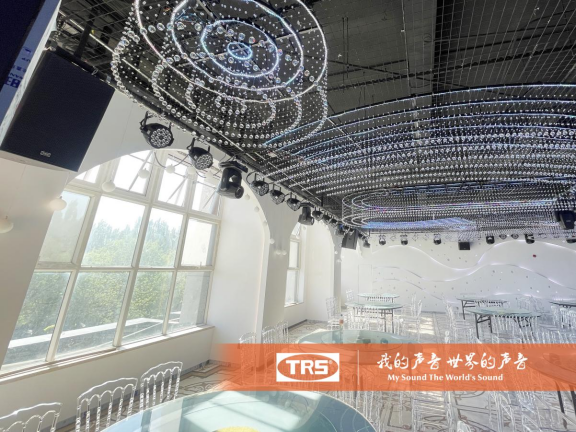In the world of audio equipment, power amplifiers play a vital role in delivering high-quality sound. Whether it's a home theater, professional audio equipment, or a personal music system, they are an essential component in the sound system. Knowing how to use power amplifiers effectively can significantly improve sound quality and even help preserve sound memory for future use. This article will explore the relationship between power amplifiers, sound quality, and sound memory, and provide some insights on how to optimize your audio experience.
Understanding Power Amplifiers
A power amplifier is an electronic device that increases the amplitude of an audio signal so that it can drive a speaker and produce louder volume without distortion. The sound quality of a power amplifier is affected by a number of factors, including the design of the amplifier, the quality of the components used, and the configuration of the overall sound system.
Main features of power amplifier
1. Output Power: Output power is measured in watts and indicates how much power an amplifier can deliver to a speaker. Higher wattage generally means louder sound without distortion.
2. Total Harmonic Distortion (THD): This measures the distortion introduced by an amplifier. The lower the THD percentage, the better the sound quality because the amplifier is able to more accurately reproduce the audio signal


3. Signal-to-Noise Ratio (SNR): This ratio compares the level of the desired signal to the background noise. The higher the SNR, the clearer the sound and the less interference.
4. Frequency response: This represents the range of frequencies that the amplifier is able to reproduce. A wider frequency response ensures that both low and high frequencies are accurately represented.
Use a power amplifier to enhance the sound quality
To get the best sound quality from your power amplifier, consider the following tips:
1. Choose the right amplifier
It is critical to select an amplifier that matches the specifications of your speakers. Make sure the output power of the amplifier matches the power handling capabilities of the speakers. This prevents speaker damage and ensures optimal performance.
2. Optimize speaker placement
Speaker placement can significantly affect sound quality. Experiment with different placements to find the best sound stage. Make sure the speakers are at ear level and away from walls to minimize reflections and maximize clarity.
3. Use high-quality cables
Investing in high-quality speaker wire can improve overall sound quality. Poor-quality wire can create resistance and signal loss, resulting in reduced audio performance.
4. Fine-tune settings
Most power amplifiers come with a variety of settings and equalization options. Take the time to adjust these settings to suit your listening environment and personal preferences. Experiment with adjusting the bass, treble, and midrange to find your ideal balance.
5. Regular maintenance
Keep your audio equipment clean and well maintained. Dust and debris can accumulate in connectors and components, causing signal loss and degraded sound quality. Check and clean your equipment regularly to ensure it performs at its best.
Using the power amplifier to store sound memories
While amplifiers are primarily used to improve sound quality, they can also serve as a memory store. This refers to the ability to capture and recreate audio experiences, allowing listeners to relive their favorite moments. Here’s how to use amplifiers with other equipment to store memory:
1. Using a digital audio interface
To store sound memories, you need a digital audio interface to connect the power amplifier to a computer or recording device. This setup allows you to capture the audio signal directly from the amplifier, allowing you to record and store high-quality sound.
2. Recording a live performance
If you use your power amp in a live performance, consider recording the performance using a digital audio workstation (DAW). This will allow you to capture the nuances of the sound coming from the amp and store it for future playback.
3. Create a playlist
After recording audio, you can create a playlist of your favorite tracks or performances. This not only helps organize your sonic memories, but also allows you to easily access your favorite audio experiences.

4. Use streaming services
Many streaming services allow you to create and store playlists of your favorite songs. Connect your amplifier to your streaming device and enjoy high-quality sound while accessing your vast music library.
5. Back up your recordings
To ensure your sonic memories are preserved, back up your recordings regularly. Use an external hard drive or cloud storage solution to keep your audio files safe and easily accessible.
in conclusion
A power amplifier is an essential component of any sound quality system and can significantly enhance the audio experience. By understanding how to use a power amplifier effectively, you can optimize sound quality and even preserve sonic memories for future enjoyment. Whether you are an average listener or a professional audio engineer, mastering the use of a power amplifier can elevate your audio experience to new heights. With the right equipment, setup, and techniques, you can create a sound environment that not only sounds great, but also captures and preserves your favorite audio moments.
Post time: Jul-31-2025
